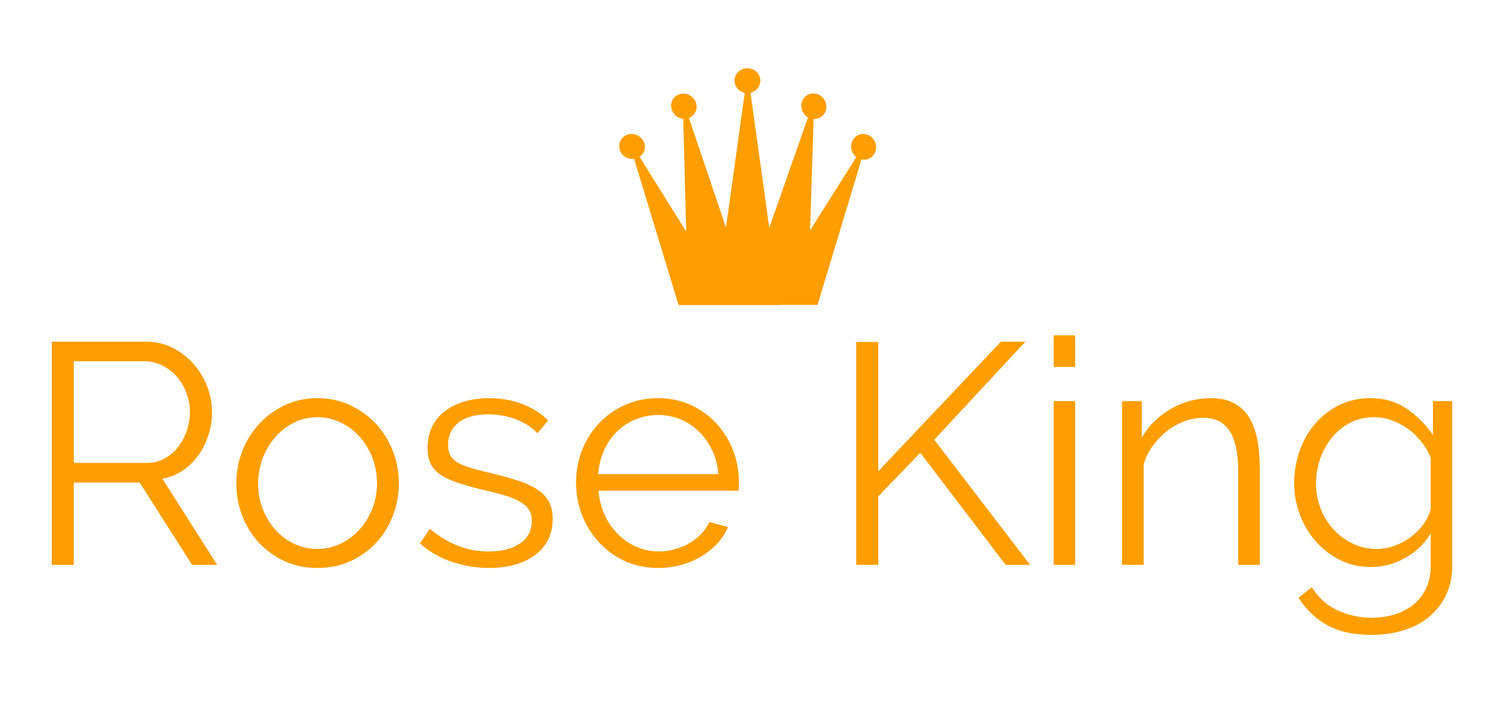Statistics and data won’t move your audience to action – but stories will. [Photo Credit: Annie Spratt]
I worked for a CEO once who didn’t know how to tell a story. She was scary smart, an inspiring leader, and capable in just about every other way. She successfully made dozens of complex, high-level decisions day in and day out.
But telling a story? Not in her wheelhouse.
How Did I Know?
I realized my client wasn’t a storyteller the night before she was scheduled to address about 4,000 employees. We were having a private rehearsal in a huge, hotel meeting room. I stood about 15 rows deep from the stage, coaching her for the big day.
She started off strong with a captivating intro. She quickly nailed the timing of the slides and she avoided the podium, using the space around her effectively. And despite the vacuous room, she practiced making eye contact around the room, looking at three Audience Anchors in the left, right, and center of the room.
Then she hit a wall. I had a copy of her bullet points, so I looked down at them. They said, “Tell story about playground.” The CEO began like this:
“A long time ago, my father took me to a playground. I was young, really young. One section had monkey bars that moved on a track. You held on and sort of swung, hand over hand, from them. I was scared to cross.”
Then the CEO stumbled, exhaled, and began talking about the competition facing her company this quarter.
“Wait,” I thought. “What happened? Did you cross the monkey bars? What did Dad do? What about the other kids?”
I knew we had a problem. The description she had shared wasn’t a story and she’d missed a golden opportunity to connect. I called a time-out in the rehearsal and together we fleshed out that long-ago day: her standing there, facing scary blue monkey bars, and in retrospect, explaining why this story was relevant to her audience.
What Makes a Story?
Telling a story is challenging for some, overwhelming for others. That’s why I like to draw on Ty Bennett’s book, The Power of Storytelling. In it, Bennett breaks down stories into three simple elements:
Set Up
Struggle
Solution
Set Up – Give the audience some context. In this case, I asked the CEO a few simple questions about her story: what grade was she in? What city was she in (and even better, what was the name of the playground)? Was it snowing, rainy, or sunny? Was the playground empty or full of laughing kids?
Struggle – What was she afraid of? How the monkey bars slid along a rusty track? Their height? The dirt below? What did she physically feel at the time (shaky legs, shortness of breath)? Did she say anything to her father or just balk, refusing to move?
Solution – What happened in the end? Did her father gently talk her across or threaten her to cross? Did the kids in line push in front of her? Did she turn back and climb down?
After ending a story, I often add an “off ramp” in a speech. By that, I mean explain why the speaker shared the story. In this case, what was the connection between the little girl’s challenge years ago and the competition the company faced today?
In this case, the CEO’s story ended with another little girl showing her how to cross the monkey bars. The speaker then used the story to talk about employees sharing their expertise with one another, something their competition happened to be doing really well.
When you’re giving a presentation, stories don’t have to be long or difficult or overly intimate. But they must have, as a minimum, three elements to succeed. And when a good story lands, you’ll know it. Among other things, they fire up the mirror neurons in your audience, helping them envision – and feel – what you’re trying to convey.
Don’t get me wrong. Data, statistics, examples, and other forms of concrete evidence will help you back up the main point. They should be integrated into your remarks where appropriate. But they rarely, if ever, create the kind of emotional connection with other people that stories do.
Looking for another great example of storytelling? Watch Abby Wambach’s 2018 commencement at Barnard. Her opening story about the ESPYs has a clear set up, struggle, and solution (plus a smooth off ramp!). Thanks & please reach out anytime. – Rose at rose@rosespeechwriter.com.

![Statistics and data won’t move your audience to action – but stories will. [Photo Credit: Annie Spratt]](https://images.squarespace-cdn.com/content/v1/56b15eefb6aa6091b8ce7fc2/1567705993438-BN7632JISAQGFOE4U3OT/Rose+Sept+Blog+Photo.png)